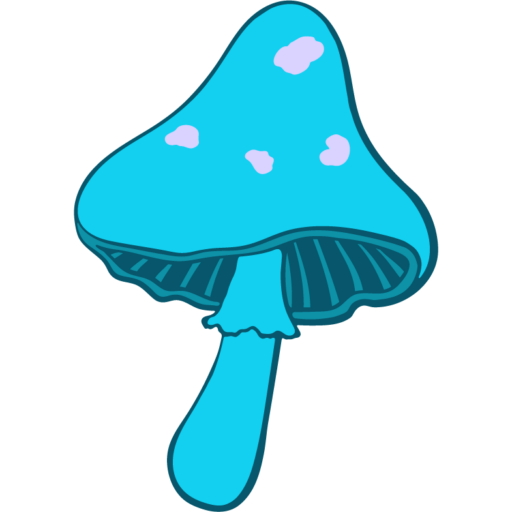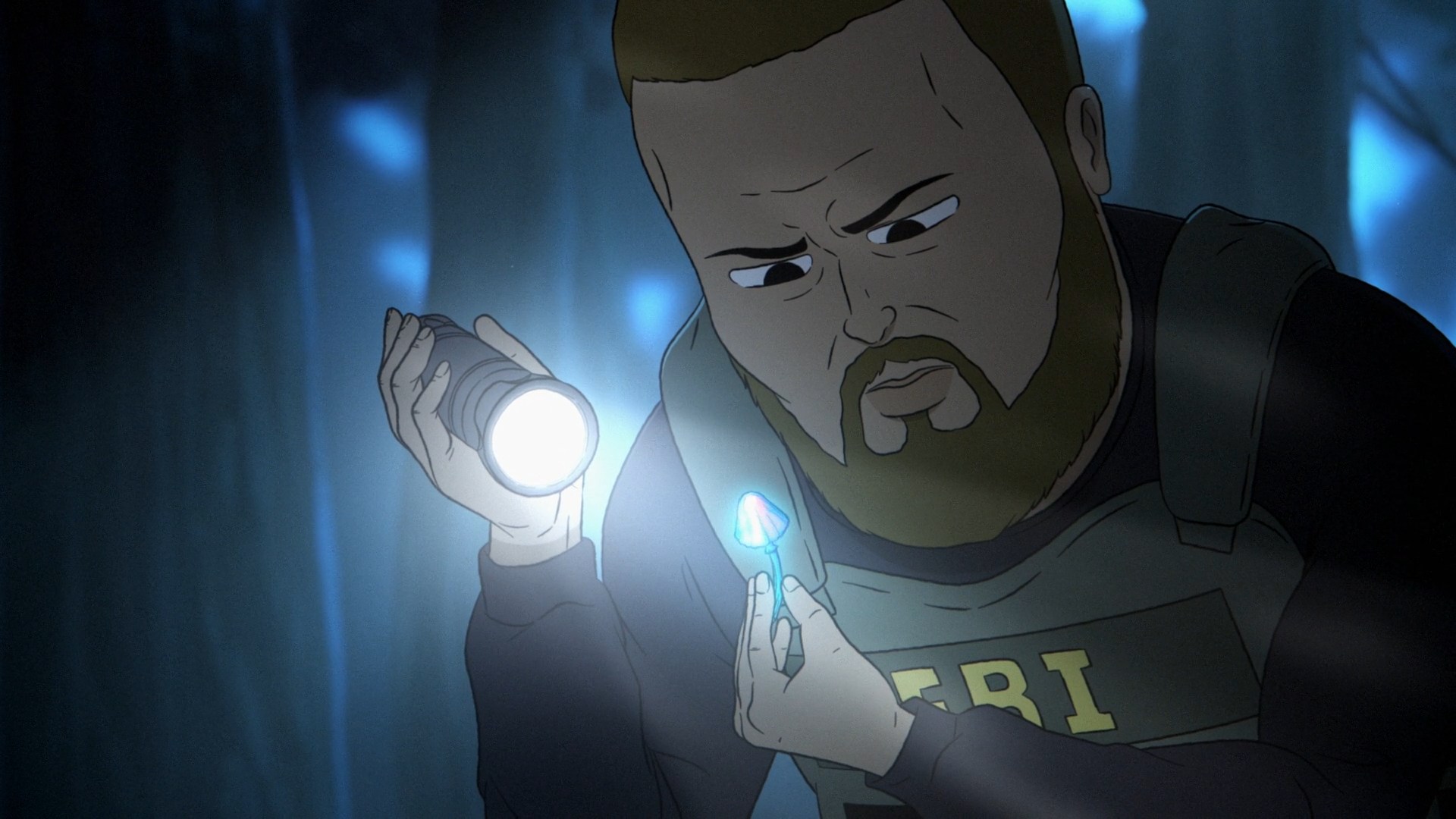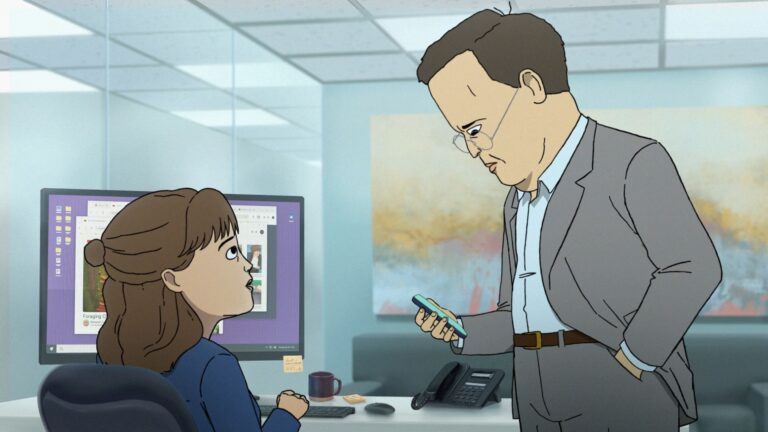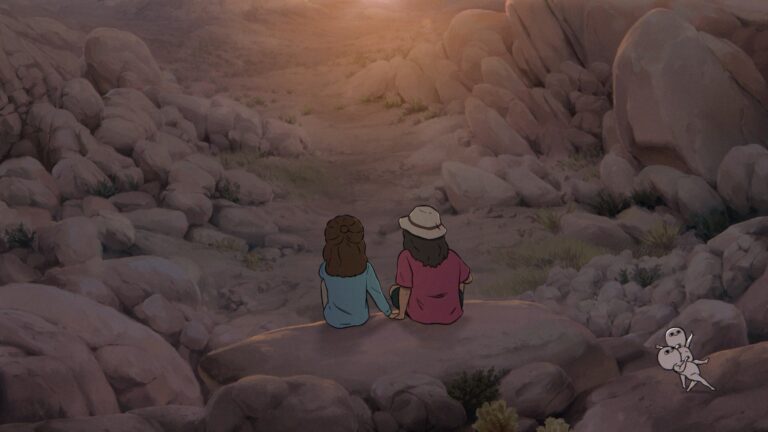Let’s not beat around the mossy log — if you’ve watched Common Side Effects (CSE) on Max, you probably still have visions of that mysterious Blue Angel mushroom popping up in your dreams. Or nightmares. Or… let’s call them questionable daydreams. Either way, the Blue Angel is no simple plot device. Nope. It’s a triple-distilled symbol, loaded with more meaning than your entire sophomore year of English Lit.
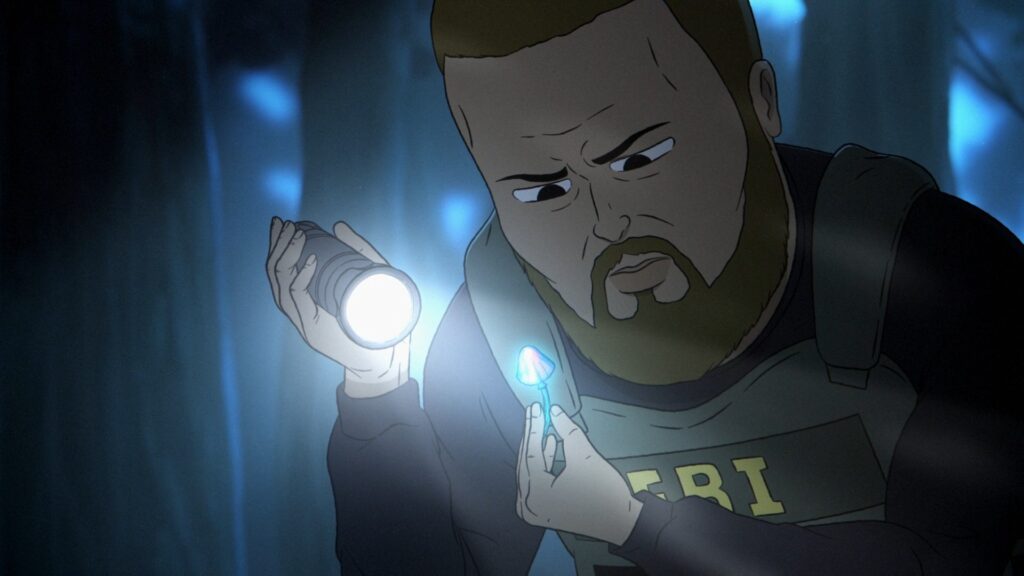
So, what exactly does this shady, glowing fungus mean in CSE’s chaotic storyline? Is it a glowing beacon of hope brought straight from the fungal underworld? Or is it Mother Nature’s way of flexing against us mere mortals? Or is it actually a stinging warning about overconfident science bros with more ambition than sense? Grab your metaphorical hiking boots. Let’s trek deep into the mossy undergrowth and chew on some hard-earned truths.
Meet the Blue Angel: Fungi with Attitude
Right from episode one, the Blue Angel doesn’t mess around. Marshall discovers it in a moment that feels almost religious. The mushroom works miracles — like actual, science-wrecking miracles. It can stitch up wounds, shrink tumors, reverse ailments… all in the blink of an eye. And honestly, who wouldn’t want a little of that in their medicine cabinet?
This isn’t just TV dream logic. According to interviews with show creators Joe Bennett and Steve Hely, they took serious inspiration from real mushroom legends — cue the mysterious Cordyceps and Paul Stamets’ wild TED Talks. The Blue Angel feels totally magical, yet weirdly plausible, because we do keep finding jaw-dropping stuff in real fungi.
But that’s just the mycelium tip. The Blue Angel spawns a rabbit hole of questions and a collision of themes.
A Glimmer of Hope (Or Is It?)
The folks in CSE need hope. You might say Marshall’s mushroom is a Hail Mary for the chronically ill, the desperate, and the unlucky. This thing could mean the end of pain and suffering. In a show overflowing with medical bureaucracy, skeptical scientists, and Big Pharma sharks, the idea of a natural cure-all drops like a velvet grenade.
So, yes, the Blue Angel shines as a symbol of hope:
- Marshall sees it as a second chance for his own failing health.
- His best friend Rory throws himself into mushroom mischief, convinced this could change everything.
- People across the show catch wind, hoping for miracles.
But — and this is important — hope gets complicated. Often, it means different things at different times, even to the same people. One minute Marshall looks like a folk hero; blink and he’s a reckless madman on a quest.
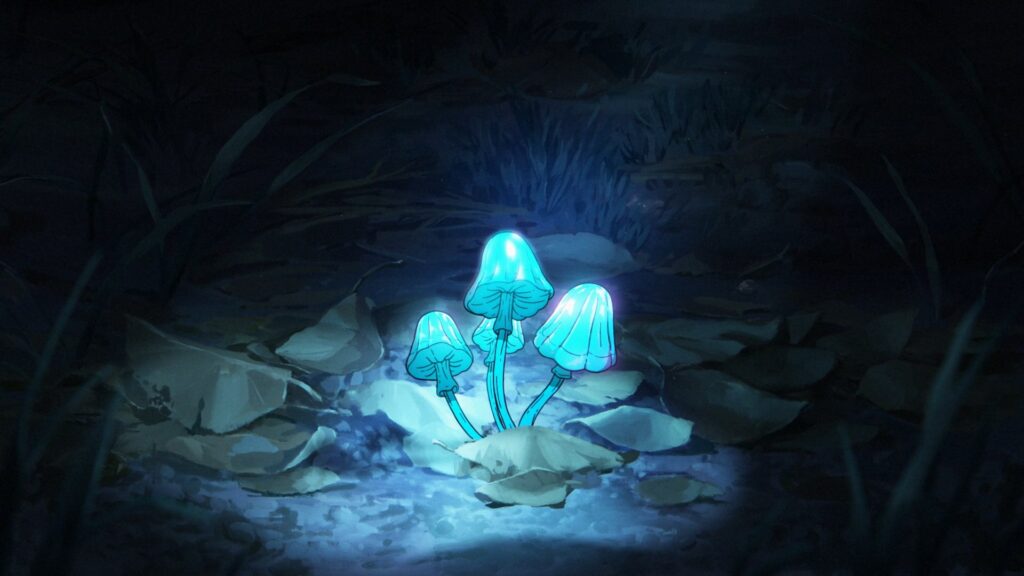
Nature Isn’t Playing Around
Let’s talk power. Mushroom power, specifically. The Blue Angel doesn’t just cure; it shouts, “Hey! Humanity, you don’t run this place.” This super-shroom is a kind of natural rebellion. It reminds viewers that nature always has wild cards in its hand. Remember Marshall and Rory’s first test with the mushroom goo? Instant result, unstoppable side effects. Nature delivers the goods, but it also writes the rules.
And it’s not just the healing. The entire landscape around the Blue Angel becomes… animated. Strange effects ripple out, plants grow wild, fungi change shape, things feel alive in uncomfortable ways. The series draws direct inspiration from real mycology and old-world mushroom folklore. The Blue Angel isn’t just a metaphor; it’s nature’s middle finger, a declaration that the world holds more secrets than we’ll ever fathom.
But why mushrooms? Steve Hely explained in a 2024 Hollywood Reporter interview that fungi, more than any other life form, challenge our ideas about intelligence, connection, and even immortality. They thrive underground — quietly networking, shaping forests, cleaning up toxins. How beautifully weird is that?
Human Hubris: How to Make It All Worse
Of course, as CSE’s first season unfolds, we see what happens when greedy hands grab for power. The pharmaceutical giants — let’s just say subtlety isn’t their strong suit. Everyone wants a piece of the Blue Angel. The miracle cure doesn’t unite people; it splits them apart. Corporate raiders, creeped-out doctors, slick lawyers — they swarm like flies the second the mushroom’s secret gets out.
Marshall’s not innocent, either. At a certain point, he can’t resist the temptation to take risks, jump protocols, push the limits. The show isn’t shy about it. The Blue Angel drags out the worst (and occasionally the best) in nearly everyone:
- Ethical lines blur.
- Friendships splinter.
- Greed and secrecy run wild.
- Trust gets trampled.
All of this ties into a centuries-old story: humans discovering something amazing and immediately thinking, “Let’s own it. Patent it. Sell it. Control it!” We see “miracles” all the time — from antibiotics to CRISPR gene hacks. And history shows, almost every time, chasing that power comes with consequences nobody wanted.
CSE seems keenly aware of this. Characters become obsessed. Side effects start piling up. The entire town teeters on the edge of disaster, pushed by people who just can’t leave a good thing alone. And all the while, the Blue Angel seems to pulsing, watching, almost judging.
Buried Themes and Mushroom Metaphors Everywhere
Dig a little deeper, and you’ll find the show doesn’t settle for a simple good-versus-evil plot. Themes pop up like — you guessed it — mushrooms after rain. Season 1 strings these threads together with dazzling, sometimes dizzy logic.
Let’s break it down:
- Discovery and Hope: Marshall’s first contact with the Blue Angel sets off a wave of optimism, both for himself and the community.
- Conflict and Consequences: As word spreads, the mushroom transforms from a hidden treasure to the object of a contentious tug-of-war. Old secrets leak. New dangers sprout.
- Power and Humility: The more characters push, the more nature pushes back. Mycology nerds take a back seat; the mushroom always leads.
Character arcs mirror this larger dance between hope and danger. Rory wants to save the world, tripping over his own nerve. Corporate suits talk patents and property, only to get tangled up in side effects. Marshall stumbles between desperation and responsibility, never quite landing on solid ground.
Blue Angel: More Than a Plot Device
It would be too easy to say the Blue Angel is just a symbol of hope or a sledgehammer for greed. It’s both, and neither. The fungus is wild, weird, and unpredictable. Just like life. Just like real mushrooms. Steve Hely said it best in a June 2025 interview: “We wanted a symbol that could mean salvation and threat, sometimes in a single scene.”
Meanwhile, social media goes nuts every week. Fans on Reddit and X (formerly Twitter) dissect every spore and spiky fruiting body. Some say the Blue Angel hints at environmental activism — a rallying cry for ecological awareness cloaked in cartoon mayhem. Others nurse pet theories about psychological healing. A few diehards just want to know if Marshall will ever make it through a whole episode without risking catastrophic fungal infection. (Spoiler: not likely.)
What’s the Message Hidden Under All This Moss?
After a season spent squelching through CSE’s pulpy forests and hospital corridors, we end up asking: what’s the final lesson here?
Is it a pure message of hope? Not quite.
A warning against unchecked ambition? Yes, in part.
A celebration of curiosity, risk, and the ancient friendship between humans and weird organisms? Absolutely.
But the Blue Angel is slippery, always sprouting new meanings when you try to pin it down. It’s hope and hubris, salvation and danger, all tangled together. In the end, that’s the magic of CSE’s mushroom mythos: it refuses easy answers, insists we look deeper, and leaves us wondering what other wild marvels the forest might be hiding. And honestly? That’s the perfect metaphor for life — strange, beautiful, and just a little bit out of control.
See you at the next fungi-fueled fever dream. Don’t forget your field guide.
